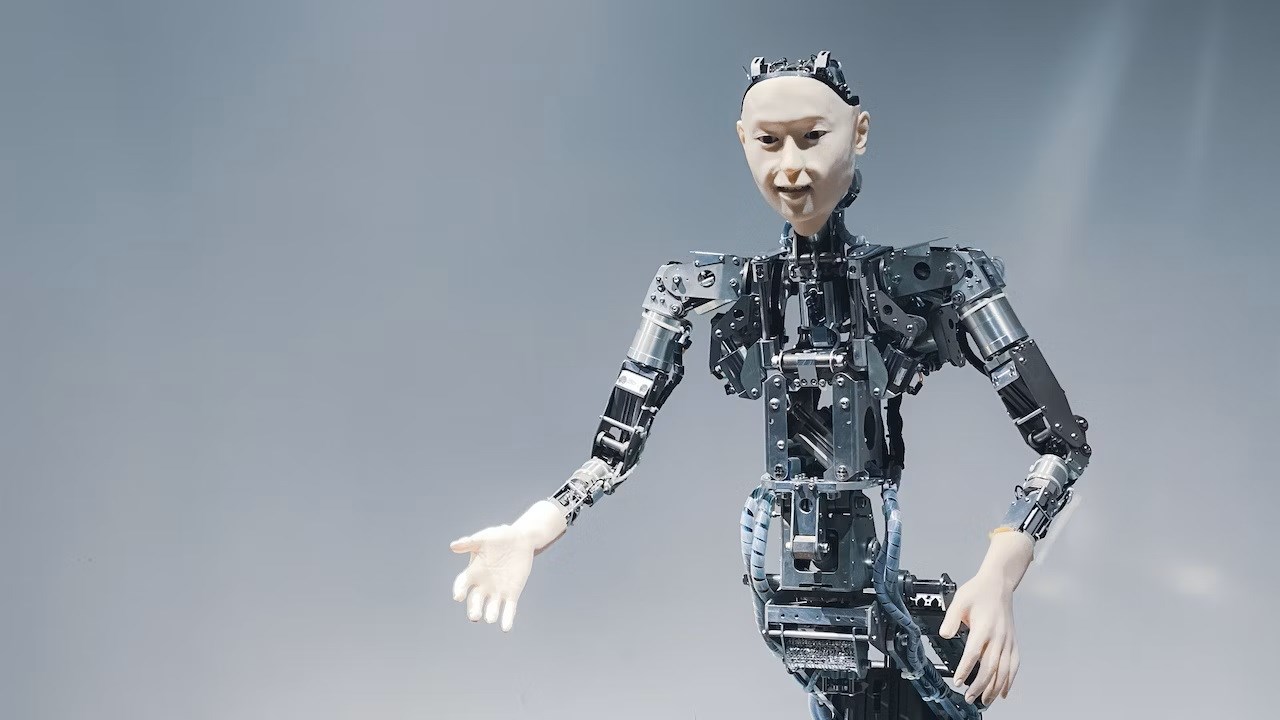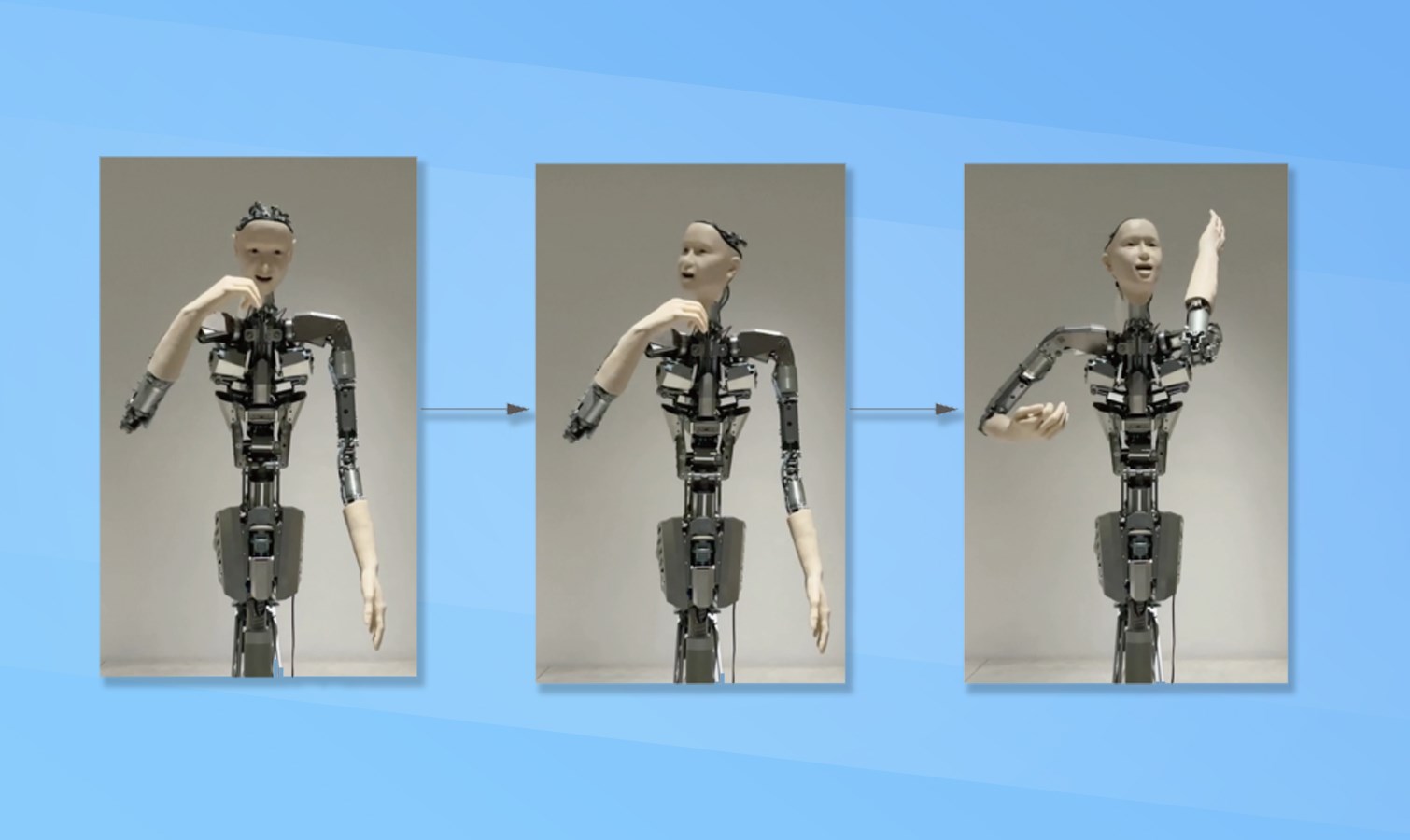 In the year since ChatGPT was launched by OpenAI, the technology has grown tremendously and experienced a wide variety of integrations. We have seen many times that technology produces video, audio and images. But now he gives life to a humanoid robot. Introducing Alter3, a humanoid robot that can produce spontaneous movements using the Large Language Model (LLM) called GPT-4, which powers ChatGPT.
In the year since ChatGPT was launched by OpenAI, the technology has grown tremendously and experienced a wide variety of integrations. We have seen many times that technology produces video, audio and images. But now he gives life to a humanoid robot. Introducing Alter3, a humanoid robot that can produce spontaneous movements using the Large Language Model (LLM) called GPT-4, which powers ChatGPT.He can imitate a ghost
Developed by a team at the University of Tokyo, Alter3 uses GPT-4, Open AI’s most advanced model, to dynamically mimic a variety of poses, from selfie pose to ghost imitation, without the need for pre-programmed entries in the database. According to the team, Alter3’s ability to respond to speech content through facial expressions and gestures represents a significant advance in humanoid robotics technology and can be easily adapted to other “androids” with minimal modifications.
 In the past, low-level robot controls such as movement fell outside the scope of large language models because they were hardware dependent and were not included in the training data. To overcome this, the Japanese team found a way to translate the expression of human movement into a code that the android could understand.
In the past, low-level robot controls such as movement fell outside the scope of large language models because they were hardware dependent and were not included in the training data. To overcome this, the Japanese team found a way to translate the expression of human movement into a code that the android could understand.So, how does Alter3 work? The new method means that the robot can create action sequences over time without the need for developers to program each body part. He or she can learn to move just like a toddler does when crawling and walking. However, there is no need to fear for now, because Alter3 consists of only the upper body, although it can produce spontaneous movements. So it has no feet.
When a human talking to Alter3 says something like “Take a selfie with your iPhone,” the robot gives a series of prompts, including asking GPT-4 what it’s like to take a selfie. GPT-4 converts this prompt into Python code that the robot can understand and use to make the necessary movements.
The team behind Alter3 plans to make its new GPT-4-based text-to-motion discovery available on other humanoid robots. They say this is a significant advance in robot development.